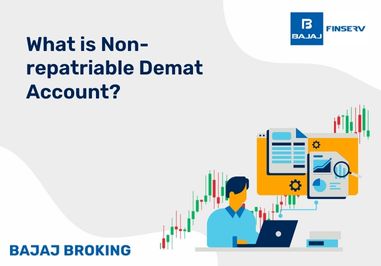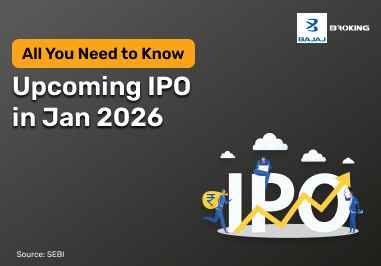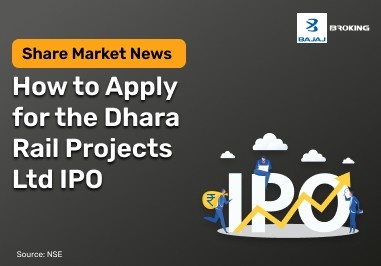Who contributes to the PPF scheme?
- Answer Field
-
PPF contributions are made solely by the account holder. Unlike EPF, where both the employer and employee contribute, PPF is a self-contributed investment scheme. Individuals can deposit anywhere between Rs. 500 to Rs. 1.5 lakh annually in their PPF account, ensuring disciplined savings over the long term.














